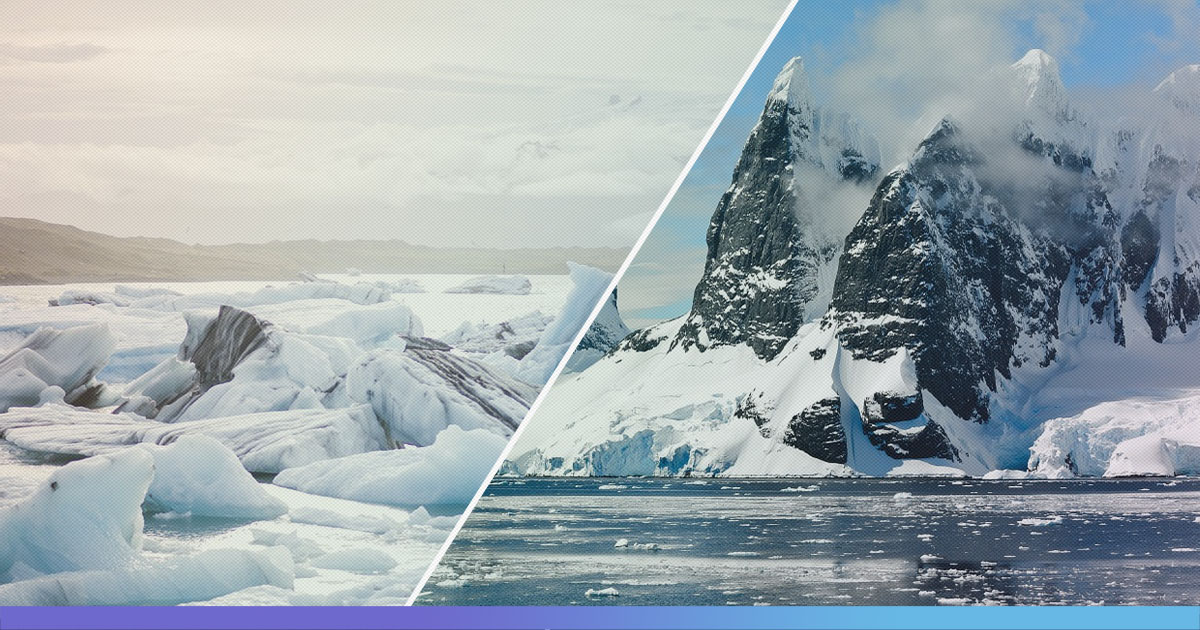A colossal iceberg, weighing 315 billion tonne and 1,636 square kilometres in area has separated off the Amery ice shelf in east Antarctica.
To put it into perspective, the iceberg is as big as Sydney urban area and is twice the size of New York City. Officially named D-28, he iceberg calved from the ice shelf on 26th September.
The calving occurred in an area dubbed as “the Loose Tooth”. The area was called the Loose Tooth due to its uncanny resemblance in satellite images to the dentition of a small child. The Loose Tooth is still attached to the ice shelf, it’s the D-28 which has been detached.
The calving is not expected to affect the sea water level as the ice shelf was already floating like a ice cube in a glass of water.
A huge #iceberg, around 1600 sq km in size and weighing over 300 billion tonnes, has broken off the Amery Ice Shelf in #Antarctica. Captured by @CopernicusEU #Sentinel1, the animation shows before and after images of the iceberg breaking away. Read more�� https://t.co/qzQnGfVMfI pic.twitter.com/BR7MsAX471
— ESA EarthObservation (@ESA_EO) October 1, 2019
This was first noticed in the early 2000s and has been closely monitored ever since. Professor Helen Fricker from the Scripps Institute of Oceanography had predicted back in 2002 that the Loose Tooth separation would occur between 2010-2015.
“I am excited to see this calving event after all these years. We all knew this would happen, but just to keep us on our toes it is not where we expected it to be,” said Professor Fricker about the splitting of D-28.
Calving is a natural cycle of ice shelves in which the ice shelves drops of a part of its end, which results in the formation of icebergs. The ice shelves needs to remain the same size and hence they loose mass to gain mass. They gain mass through snow falls and glaciers that moves towards the shore.
The calving is not a sign of climate change. This incident has occurred on the east of Antarctica which is far from the west side of the continent including Greenland, which are warming rapidly due to climate change.
“It is a fine line because we don’t want people to think that climate change is not happening but it is also important that the public doesn’t get confused between calving and climate change,” said Professor Fricker.
This is the first calving incident in the Amery ice shelf since the early 1960s when it calved a humungous iceberg which was 9000 square kilometres in area. Amery is the third largest ice shelf of Antarctica and is the extension of large number of glaciers that flow off to sea from land.
Also Read:











